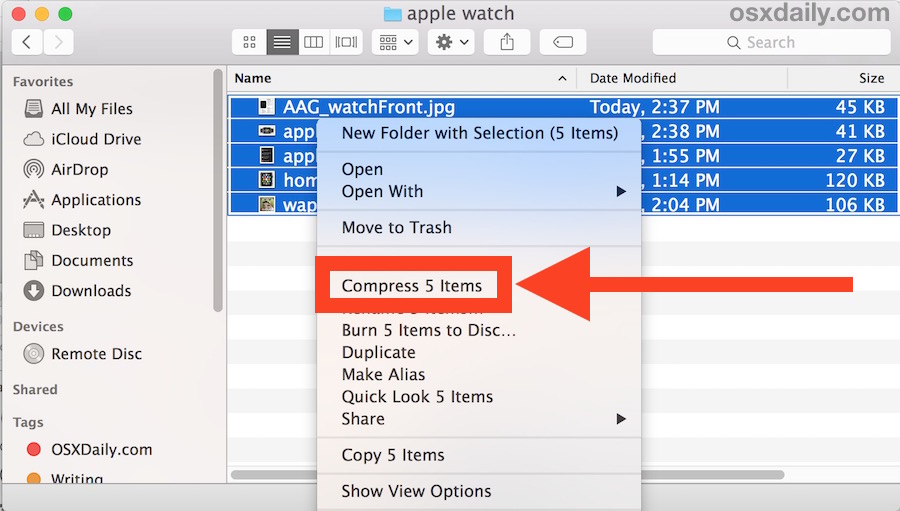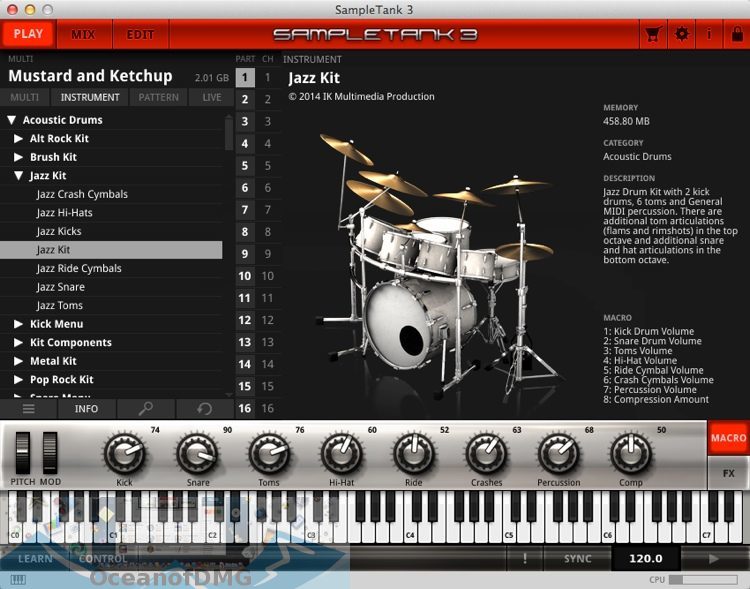- Mac Md5 Checksum
- Mac App To Add Md5 To Filename Free
- Mac Md5 Hash
- Mac App To Add Md5 To Filename Download
- Mac App To Add Md5 To Filename Search
Filenames in Mac OS X can be up to 255 characters long, and you can use any characters you like except the colon (:). Windows doesn’t allow any of the following special characters in filenames:
The interface of MD5/SHA1 Hash Extractor is represented by a small window with an intuitive layout, where you can add a file using the file browser only, since the drag-and-drop support is not. For example, to prevent this duplicate file finder for Mac from scanning the PNG photos on your Mac, just add the extension.png to the Ignore List. When the scan is finished, the app will auto-select the duplicate copies for you to delete in one go.
Mac Md5 Checksum
Feb 13, 2020 Return the data inside this object as a blob converted to the specified content type. This method adds the appropriate extension to the filename—for example, 'myfile.pdf'. However, it assumes that the part of the filename that follows the last period. Jun 02, 2020 Launching the command window from the file location is convenient because that way you don’t need to add the full path of the file but the file name only. When the command prompt window is launched, execute the following command to find out the hash value or MD5 checksum of a file. Get-filehash filename.
If you’re planning to move files back and forth between your PC and Mac, it’s a good idea to follow the more restrictive Windows naming rules so that filenames don’t get mangled.
In the Windows world, filenames have extensions — a period (.) and a few letters that are added to the end of a filename, for example, Chapter5.doc. The file extension tells the operating system what type of file it is so that the OS knows which program should open it. OS X uses file extensions in the same way, but it also has a separate way to know the file type and creator, using special four-letter codes for each that are stored with the file’s directory entry.
A file is stored in a folder, which may be in another folder, which may be in another folder, and so on. Operating systems keep track of all that hierarchy using a pathname. The pathname lists all the folders you have to visit in turn to find your file. The names are separated by a special character. In Windows, this character is the backslash (). For Macs — and in UNIX, in Linux, and on the Internet — the forward slash (/), sometimes called the front slash, is used.
| Click here to return to the 'Easily verify md5 checksums on files' hint |


I think you mean 'grep -v', not 'grep'.
In general most files that come with md5 checksums have them in a file either named filename.md5 or in a file called MD5SUM.
Mac App To Add Md5 To Filename Free
This might be easier. md5 -r * | diff MD5SUM - or md5 -r filename | diff filename.md5 - Any output will indicate a problem.
grep -f would be faster.
yes, I really do care about the speed of grepping the output of grep. ☺
Actually, '-f' means 'fixed', as in 'not a regex', not 'fast'.
I've seen demonstrations of when it is actually *slower* in some versions of grep, because the 'normal' grep has had a lot of optimizations over time, while people ignore the grep-f branch which takes a whole separate codepath.
Yes, counter-intuitive, like many things in life.
To me, the simplest way is to instal the free MD5 Checksum automator action available at http://www.apple.com/downloads/macosx/automator/md5checksum.html
Mac Md5 Hash

Mac App To Add Md5 To Filename Download
Mac App To Add Md5 To Filename Search
It is available as a Fink package.
In addition to md5 and sha1 hashing it also offers sha256 tiger and whirlpool hashing. Not sure what the last two hashes give you but sha256 is 256 bit long sha hash. Given that md5 and sha1 have both been broken, I'd consider at least using sha256 if you need to hash a recovered disk for forensics purposes.
Here is additional data on the tiger hash
http://www.cs.technion.ac.il/~biham/Reports/Tiger/
Here is additional data on the whirlpool hash
http://paginas.terra.com.br/informatica/paulobarreto/WhirlpoolPage.html
Comments are closed.